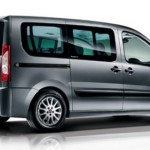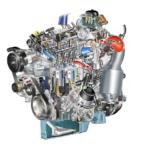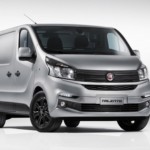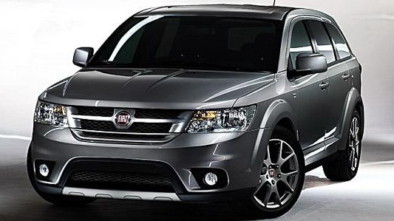Fiat 128 1969 - 1985 - History of cars
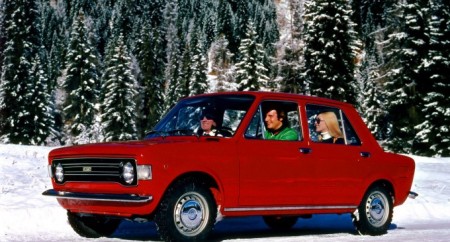
Fiat 128
Far ahead of time
It has been 45 years since the presentation of the "Fiat 128" prototype. It is considered to be the most innovative compact car of its time, whose mechanical concept has remained relevant to this day. German engineers considered it the best in its class, and the famous Enzo also drove it privately Ferrari!
In May 1969, production of the Fiat 128 began. It was the moment when a complete break with the past in the field of mechanics came. The former Fiat 1100, considered a successful model, has been replaced by the 'twenty-eight'. The difference was huge. Although the dicey design that was current at the time was retained, it technically represented a revolution.
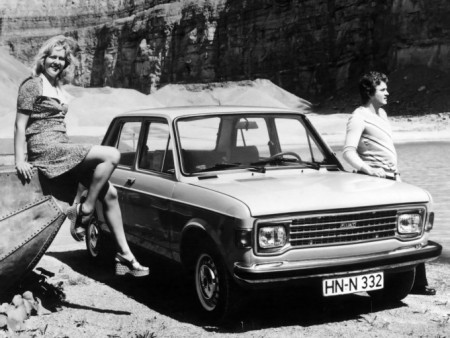
Fiat 128 is the first modern car with front-wheel drive
It was the first compact front-wheel drive car in the world to incorporate a transversely mounted gear-driven motor with non-swing valves, a camshaft in the aluminum cylinder head, a suspension strut front suspension with disc brakes and the back of a triangle. At that time, "ford escort“The first generation, which was absolutely outdated in comparison to Fiat technology. Even the Opel Cadet C, which was manufactured from 1973 to 1979, had rear-wheel drive, while the front in the late XNUMXs had only a handful of models.
Two 1116 and 1290 cubic meters were initially planned. Power varied from version to version, ranging from 50 bhp for 1,1 to 75 "horses" by 1,3.
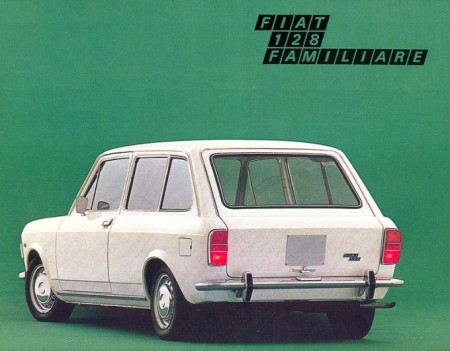
A caravan made in Italy had three doors
The car was 3,85 meters long, which is another indication of how much today's cars have grown. The innovative design and construction resulted in as much as 80 percent of the body volume being usable and 20 percent going to store mechanical components. This is made possible by the transversely mounted motor and gearbox. The head of the design team was the famous Dante Giacosa, who is considered the father of all the "fiat" from the 1970s to the XNUMXs. The result of their work is best viewed through the numerous acknowledgments of experts and colleagues from other auto companies. The crown of all was the proclamation of the XNUMX Auto Car.
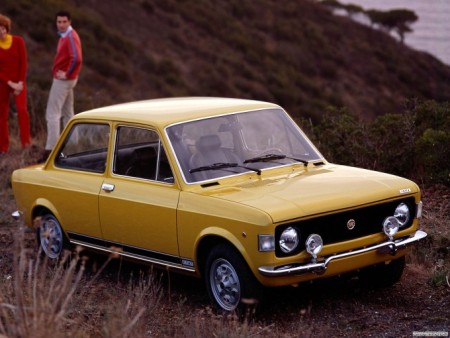
The Reli variant has a 1,3-liter 68-horsepower engine and instruments that Zastava later used in the 101 Special
Since Fiat is a manufacturer that appreciates and promotes the sporting characteristics of its models, a 1971 rally was introduced. In addition to the two doors, the car also had sporting details, ranging from bumpers, alloy wheels to sports instruments and steering wheels. Otherwise, sporting instruments from the "rally" with an all-rounder and oil pressure gauge were later incorporated into the "flag 101 special". Another difference of the "rally" version compared to the standard is the different taillights - instead of rectangular, it had two round lights. Under the hood was an engine of 1290 cc, with 68 "horses".
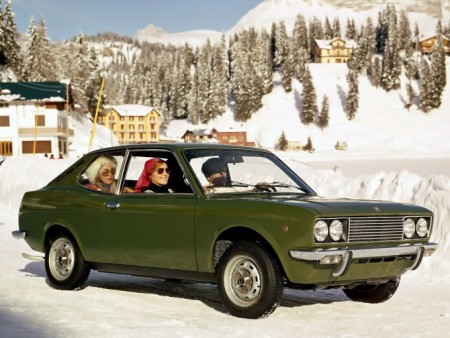
The coupe variant is made with two engine versions and two trim levels
In the same year, Fiat surprised the public with another model - the Fiat 128 Coupe. Although it looked completely different from the sedan, it was mechanically based on it, but with a shorter wheelbase. Its official designation was "Fiat 128 Sport" and the engines were further enhanced - 1,1 got 64 hp and 1,3 75 hp. The cheaper version had square but more expensive dual round headlights and many more luxurious and different details such as square headlights and reversing lights.
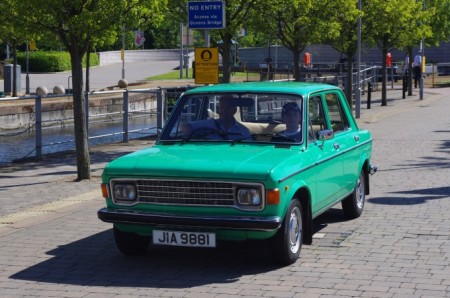
Four years later, the first distillation of 1974 came to life in Zastava
The first restyling of the "twenty-eight" took place in 1974. The car received a new front grille, a rubber band on the bumpers, and the novelty was the introduction of the "128 special" version, which had richer equipment and finer cabin materials. The engine was borrowed from the "rally" but weakened to 60 hp.
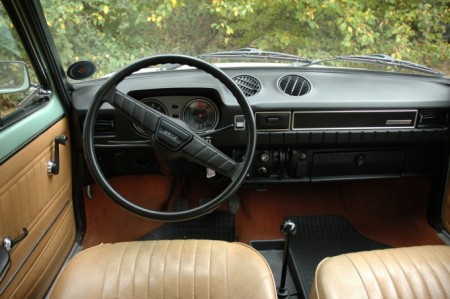
The special version command panel was noticeably upgraded
Another significant change came a year later - then the coupe version had a major aesthetic transformation, in response to Volkswagen's just-introduced "VW wide." The "Fiat" got longer, with a different front and rear end that got a big tailgate and separated each light separately. Instead of "128 Sport", it became "128 Coupe". Many believe that this car was ahead of its time in concept and design and that this is the main reason that it has not achieved greater success in the market. It had its last evolution in 1978 with beautiful, one-color sports interiors, most often with checkered or pepito designs. Unfortunately, this version went almost unnoticed.
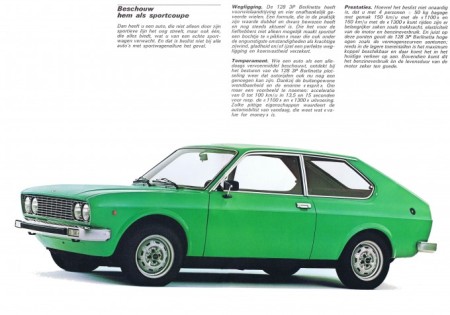
The extended rear of the redesigned coupe is not pretty, but it fits in with design trends from the late XNUMXs
The last and largest restyling of the Fiat 128 followed in 1976. That's when the car we know from our roads came into being - with plastic bumpers, large taillights and a completely different interior with a new dashboard. This has practically begun the era of the use of large amounts of plastic in cars. The novelty was the introduction of a wagon version called "panorama" or "familiars", as the Italians called it. It had only three doors and was modeled on the Argentinean version of the five-door wagon, which was never produced for the European market.
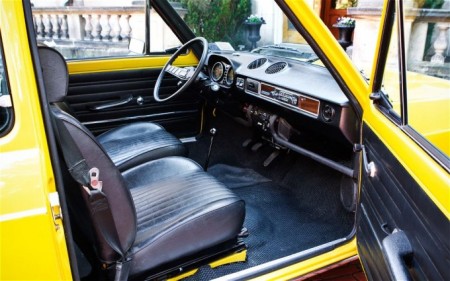
Plenty of space for front passengers thanks to the flat floor
The official successor to the 'twenty-eight' is the 'Fiat Rhythm', which appeared in 1978. However, with unchanged designs and engines, the Fiat 128 remained in production in Italy for five more years until 1983. A total of 3.107.000 copies were made, not counting copies made in other countries.
Interestingly, during the 128s, the Fiat XNUMX was sold not only in Europe and South America, but also in the United States and Japan, and specimens for those markets came from Italy.
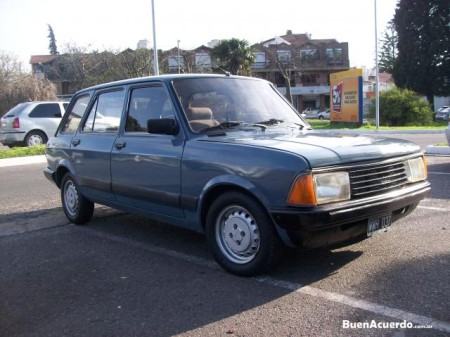
The Argentines were making a five-door station wagon
Global car - Fiat 128
Outside of Italy, "one hundred and twenty-eight" were produced in several countries on different continents. A total of 228.274 copies were produced in Serbia, starting on May 16, 1980. Of that number, 71.904 copies were exported in parts to Egypt, where they were assembled at the NASR factory for the local market until 2009.
The factory in Argentina had the highest number of specimens, a total of 255.110, from January 1971 to December 1990. They also had a "super european" version that had a different front and rear end similar to the "Fiat Argent" and had 1,5 liter engine.
Spain only produced the coupe version under the Seat brand, with an old 1200cc engine from Fiat 124. This car, unfortunately, did not have much success and was made in 31.893 copies.
A number of copies were assembled in Morocco, Colombia, as well as in Sri Lanka, where it was produced until 1978.
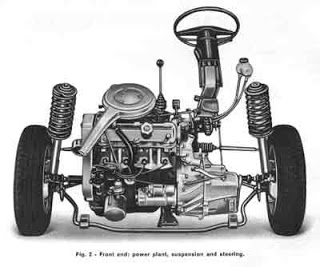
Pioneer: transverse engine and gearbox, suspension strut; a recipe for success that is still used today in the auto industry
The unofficial "godfather" of golf
At the time of production of the Fiat 128 in 1969, the current Volkswagen model in the compact class was the VW Beetle. According to some stories from the engineering circles of the time, the famous car designer Giorgio Giugiaro went to Volkswagen in 1970 to present them sketches of "golf". It is said that at that time the factory accidentally saw a "Fiat 128" disassembled into parts, so it is assumed that the idea for a good part of the mechanical construction of "first generation" golf was given by Fiat.
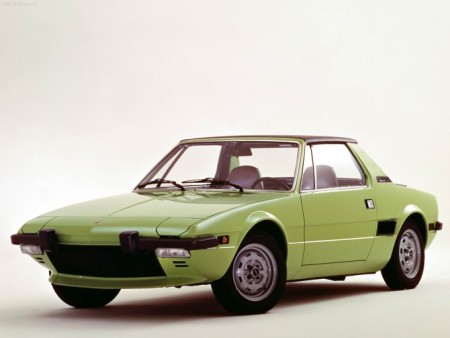
X1 / 9, cheap coupe with mid engine; a concept we are missing in the 21st century!
Little Ferrari
The engine of the Fiat 128 engine was the legendary Aurelio Lampredi, a man who began his career in Piaggio and continued in Ferrari in 1946, for which he designed the famous V12 engines found in racing and passenger versions.
Fiat engines were practically reduced versions of Ferrari engines. In addition to the 1,1 and 1,3 versions, an increase in the diameter and stroke of the pistons resulted in 1,4, 1,5 and 1,6 versions of the same construction, the last of which was produced in 'fiat' until the late 16s in 'type / tempo ”but also in“ bravo / bravo ”and“ delta ”as a“ torque ”(torque) engine with two camshafts in the head and XNUMX valves.
On the basis of the "Fiat 128" (128 Type A) engine was developed a large Fiat V6 engine of 2,9 and 3,2 liters, which was built into the "Fiat 130". The only turbo versions had 1,3 and 1,4 that were used in first-generation un and first-generation punts.
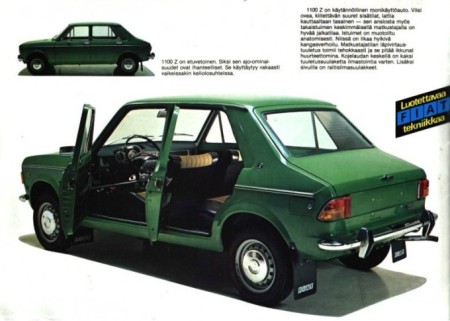
Flag 101 is the first modern hatchback!
"Fiat The 128 ”practically revolutionized the compact class with many versions. No other car had so many different bodies by then - a two and four-door sedan, coupe, station wagon, two- and four-door hatchback (“flag 101”), and even a “1/9” X-type roadster , which had a centrally mounted motor and rear drive. Numerous bodybuilders have created their creations, such as Moretti and Bertone, on the basis of "128".
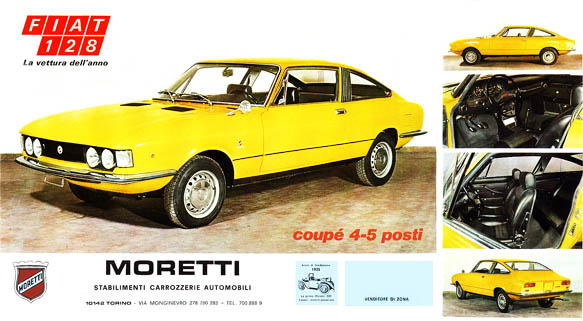
Text: Aleksandar Bursac
Retrieved from: www.magazinauto.com
Recommendation of similar texts:

Hi there, I am Mladen and I am an auto enthusiast. I started this blog years ago to help like minded people share information about latest cars, car servicing ideas, used car info, exotic cars, and auto technology. You will find helpful articles and videos on a wide variety of cars - Audi, Mercedes, Toyota, Porsche, Volvo, BMW and much more. Ping us if you have anything cool to share on latest cars or on how to make older cars more efficient, or just want to say hi!


